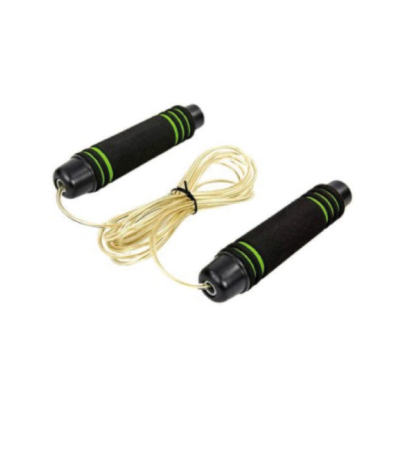Corde Tension Multifonctionnelle avec Pedale
Noté 3.29 sur 5 basé sur 51 notations client
(51 avis client)
Corde Tension Multifonctionnelle avec Pedale
9000 CFA
SKU:
corde-tension-multifonctionnelle-avec-pedale
Categories: Endurance
Livraison rapide
Partout au Sénégal
Satisfait ou remboursé
Retour dans les 24h heures
Payment sécurisé
Paiement sécurisé
Support 24/7
Contact 24 heures sur 24
Corde Tension Multifonctionnelle avec Pedale
- Qualité supérieur: La corde de tension multifonctionnelle est faite de latex naturel et de mousse écologique, non toxique, sans stimulation, durable et douce. La poignée en mousse et les pédales antidérapantes sont conçues pour protéger les mains des blessures et absorber la transpiration, empêchant ainsi les glissements pendant l’exercice.
- Modeler: votre corps: Faites de l’exercice avec la bande de résistance multifonction pour vous aider à entraîner les muscles des bras, de l’abdomen, de la poitrine, des épaules, des jambes et des fesses. C’est un excellent outil pour améliorer la posture, la flexibilité et la coordination de votre corps, idéal pour perdre du poids et modeler le corps.
- Polyvalence: Parfait pour le yoga, le pilates, le crossfit, le ballet et autres sports. C’est un appareil de musculation parfait pour les hommes et les femmes pour faire du sport à la maison.
- Facile et pratique: Cette corde de tension peut être utilisée debout ou assise, super facile à utiliser et très pratique. Vous pouvez commencer à bruler des calories à la maison, au bureau, au gymnase, etc.
Be the first to review “Corde Tension Multifonctionnelle avec Pedale” Annuler la réponse









51 reviews for Corde Tension Multifonctionnelle avec Pedale
There are no reviews yet.